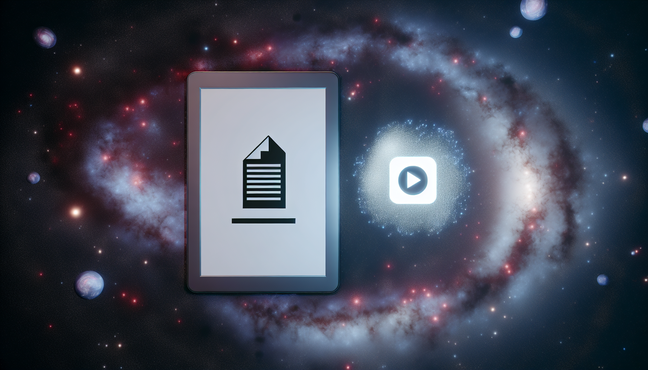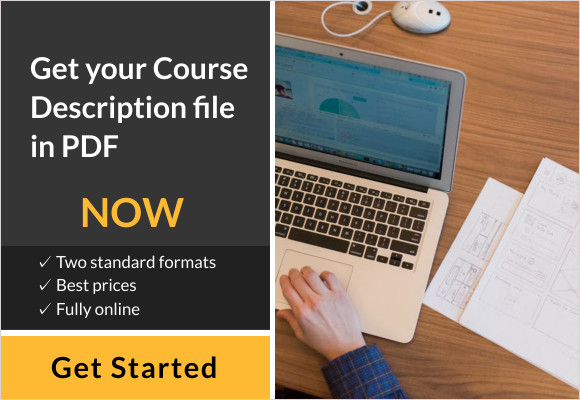Unlock Your Academic Potential
A well-structured course description and syllabus are essential tools for students interested in pursuing a career in Environmental Design. These documents serve not only as a roadmap for the courses but also as a critical guide that helps students understand what to expect, how to navigate their academic journey, and what skills they will develop throughout the program. In Environmental Design, a comprehensive course description can clarify important topics such as sustainable design principles, landscape architecture, and urban planning, which are vital for success in this dynamic field. Moreover, a detailed syllabus allows students to track learning objectives, required readings, assignments, and deadlines, helping them stay organized and focused. For more information, you can refer to the full article at Course-Description.com.
How to Download Course Descriptions and Syllabi
To download Course Descriptions and Syllabi, follow these straightforward steps:
- Sign Up: Begin by visiting Course-Description.com. You’ll need to create an account if you haven’t done so already. Click on the “Sign Up” button and fill in the required information.
- Log In: Once your account is created, log in using your credentials. This will give you access to various course materials, including descriptions and syllabi.
- Search for Course: Use the search bar to find a specific course by entering its name or code. The platform also allows you to browse by subject or department if you’re unsure of the exact name.
- View Details: Click on the course title to view detailed information. Here, you can find comprehensive descriptions, learning outcomes, and a syllabus outlining the course outline.
- Download PDF: On the course detail page, you’ll find an option to download the Course Description or Syllabus in PDF format. Click on the “Download” button, and the file will be saved to your device.
- Navigation Tips: To enhance your experience on the site, use filters to narrow down your search results. You can also check for any additional resources or updates related to the courses.
By following these steps, you can easily access and download official course descriptions and syllabi from Course-Description.com.
Best Practices for Using Course Descriptions in Your Studies
To maximize your learning experience in Environmental Design, utilizing Course Descriptions and Syllabi effectively is crucial. Here are some best practices to consider:
- Familiarize Yourself with the Course Description: Begin by thoroughly reading the Course Description available at Course-Description.com. Understanding what topics will be covered and the course objectives will provide you with a roadmap for your studies.
- Align Your Study Habits with Course Goals: Utilize the information from the syllabus to set specific study goals. For instance, if the syllabus outlines key projects or assignments, plan your study sessions around these milestones, ensuring you’re prepared and confident by their due dates.
- Leverage Scheduled Reading and Revisions: Many courses provide a reading list as part of their syllabus. Use this list to schedule your readings in advance, breaking them into manageable chunks over the semester instead of cramming before exams. This will enhance your comprehension and retention of the material.
- Engage with the Learning Outcomes: Each course aims to achieve particular learning outcomes. Refer to these when preparing for assessments to stay focused on what’s most important. You can even develop a checklist based on these outcomes to track your understanding and progress.
- Utilize Resources Listed in the Syllabus: Often, the syllabus will link to useful resources, such as textbooks or websites. Make sure to take advantage of these, as they can provide additional context and depth to your studies. Course-Description.com is a fabulous resource for official descriptions that may highlight supplemental materials.
- Communicate with Professors: Use your syllabus as a tool to ask questions and seek clarification. Understanding grading criteria and evaluation methods can guide you on how to perform well academically. If unclear about certain aspects, don’t hesitate to reach out to your instructor.
- Reflect and Adjust: Periodically revisit your Course Description and syllabus throughout the semester. This allows you to assess your progress and adjust your study techniques if necessary. Keeping a reflective journal based on your syllabus can help in recognizing patterns in your learning.
By employing these strategies, students can effectively utilize Course Descriptions and Syllabi, enriching their academic journey in Environmental Design and ensuring they make the most out of their educational resources available at Course-Description.com.










